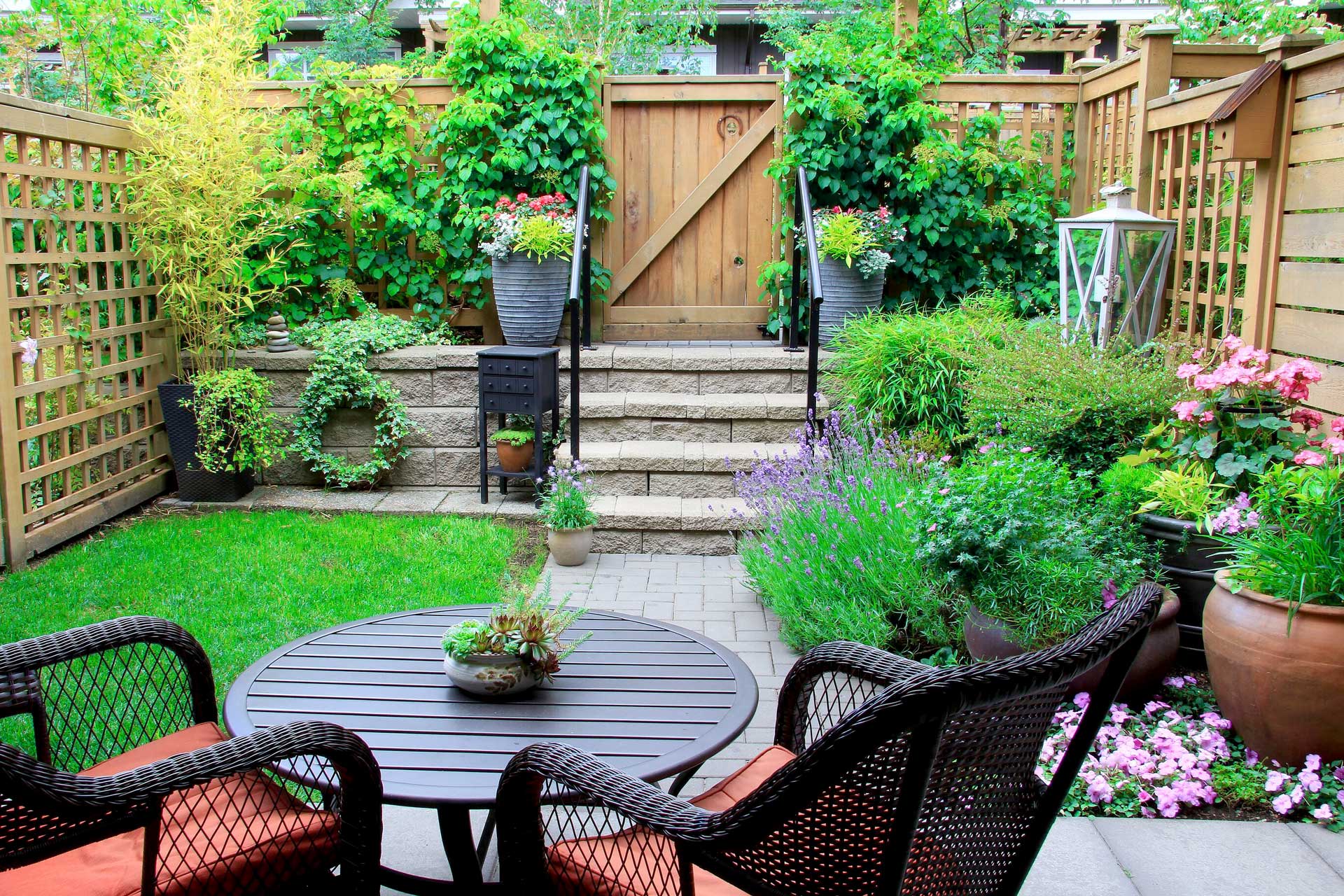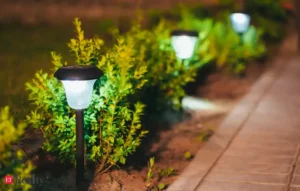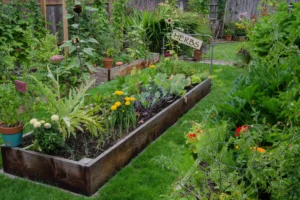Secret Garden Ideas: Creating Enchanted Hideaways in Your Landscape
There’s something undeniably magical about discovering a hidden garden—a secluded sanctuary that reveals itself only to those who know where to look. Secret gardens have captivated our imagination for centuries, from the pages of Frances Hodgson Burnett’s beloved novel to the walled gardens of historic estates. These enchanted spaces offer more than just visual appeal; they provide a private retreat for reflection, creativity, and reconnection with nature away from the bustle of daily life.
Whether you have a sprawling backyard or a modest urban plot, you can create your own secret garden with thoughtful design, strategic plantings, and personal touches that transform an ordinary outdoor space into something extraordinary. This guide explores how to design and implement hidden garden spaces that surprise, delight, and provide a magical escape—right in your own landscape.
Why Create a Secret Garden?
Before diving into design ideas, let’s understand what makes secret gardens so appealing and why you might want to create one:
- Psychological Retreat: Secret gardens offer a sanctuary for mental restoration and stress reduction—a private outdoor “room” where you can disconnect.
- Sensory Experience: Hidden spaces intensify sensory engagement through enclosed fragrances, amplified birdsong, and focused visual details.
- Creative Expression: These intimate spaces allow for more personal artistic expression than might feel appropriate in more visible areas of your landscape.
- Surprise Element: The joy of discovery—for both yourself and visitors—creates an emotional connection to your garden unlike any other landscape feature.
- Microclimate Benefits: Enclosed garden spaces often create favorable growing conditions for plants that might struggle in more exposed areas.
Elements of a Successful Secret Garden
Regardless of size or style, truly magical hidden gardens share several key characteristics:
1. Concealment and Revelation
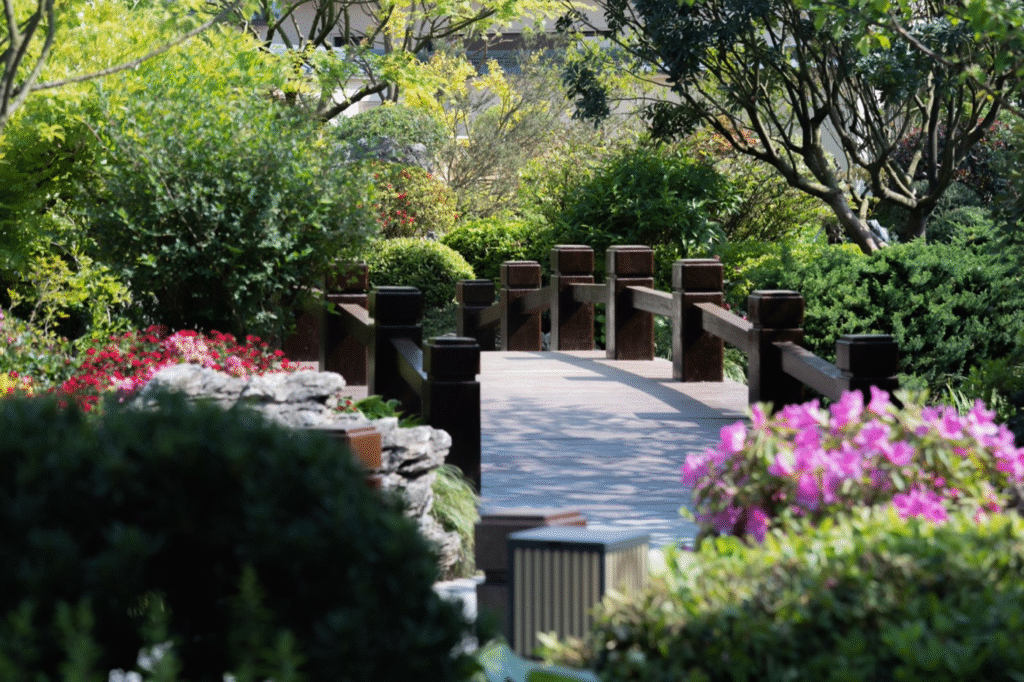
The defining feature of any secret garden is that it remains hidden until discovered. Consider:
- Strategic Entry Points: Disguise the entrance with an unmarked path, a seemingly solid hedge with a hidden opening, or a door built into a wall or fence.
- Threshold Moments: Create a distinct transition that signals you’re entering a different space—perhaps a dramatic archway, a short tunnel of greenery, or a gate that reveals the garden only as it swings open.
- Visual Screening: Use tall perennials, shrubs, small trees, or architectural elements to block sightlines from common viewing areas.
2. Enclosure and Intimacy
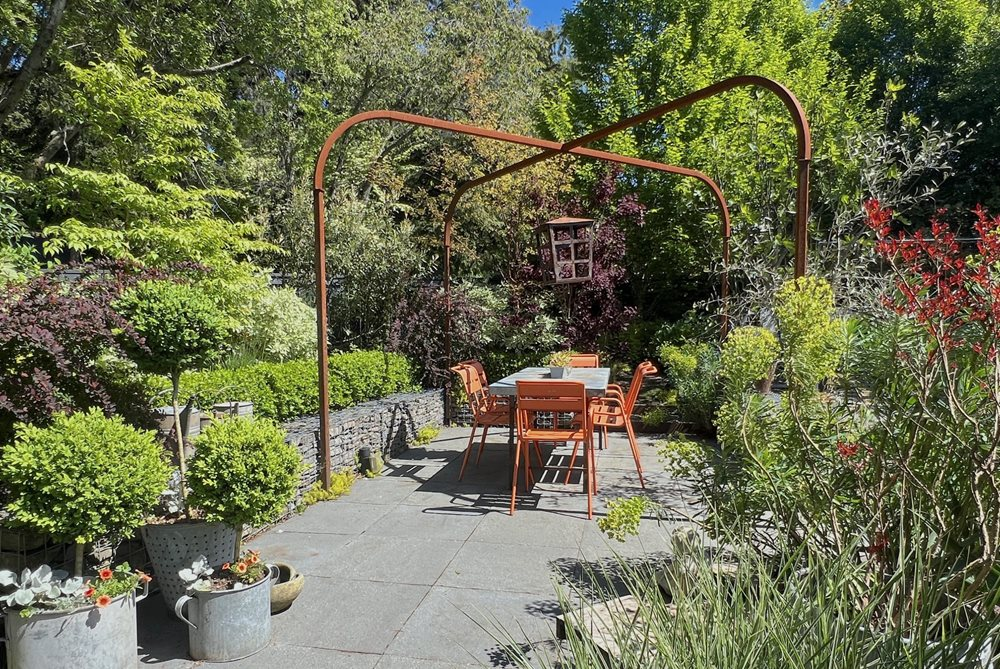
Secret gardens feel special partly because they create a sense of enclosure:
- Vertical Boundaries: Establish privacy with living walls, traditional fencing softened by climbing plants, or strategically placed small trees and large shrubs.
- Overhead Canopy: Create a sense of intimate enclosure with pergolas, arbors, or the spreading branches of small trees.
- Scale Consideration: Size furniture and pathways appropriately—slightly smaller than you might use elsewhere—to enhance the feeling of a special, human-scaled space.
3. Sensory Richness
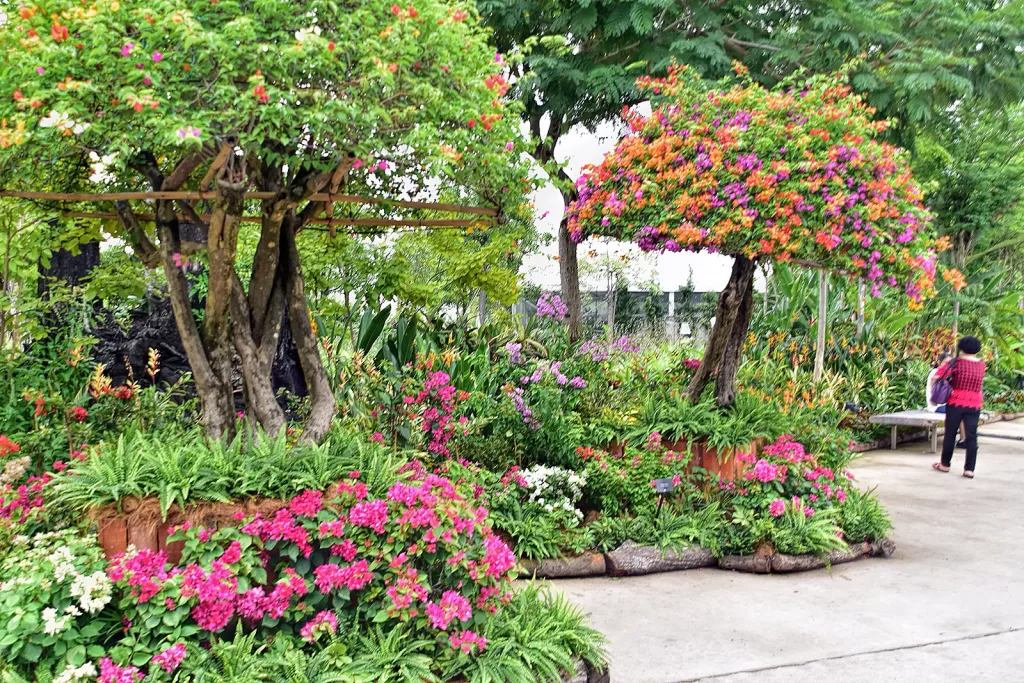
Engage all the senses to create a fully immersive experience:
- Fragrance Layering: Include plants with complementary scents that release their perfume at different times of day and throughout the seasons.
- Sound Elements: Incorporate features that create gentle sounds—wind chimes, small water features, or plants like ornamental grasses that rustle in the breeze.
- Textural Contrast: Mix plant textures (feathery ferns with glossy camellias) and hardscape materials (smooth stone beside rough-hewn wood) to create tactile interest.
4. Personal Meaning
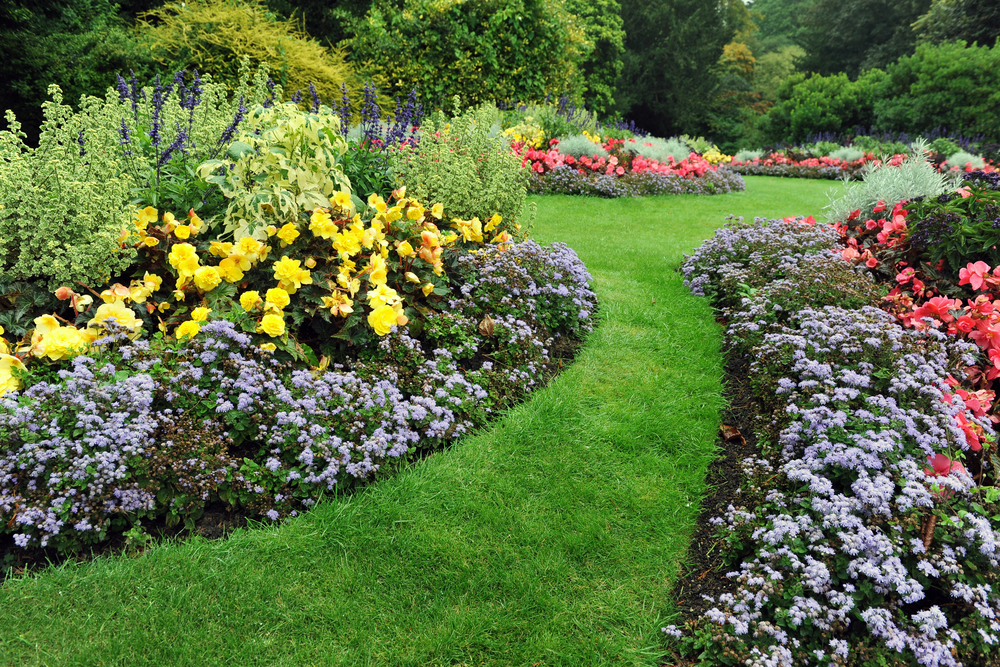
The most magical secret gardens include elements of personal significance:
- Collected Objects: Display meaningful items—perhaps a sculpture, antique garden tools, or stones collected during travels.
- Themed Collections: Showcase plants that hold special meaning, whether native to your ancestral homeland or representative of significant life events.
- Reflective Spaces: Include a comfortable place to sit that encourages lingering, journaling, or meditation.
Hidden Backyard Garden Ideas
Transform underutilized areas of your yard into captivating secret spaces:
Transforming Dead Spaces
Many properties have awkward corners or spaces that seem unusable:
- Side Yard Transformation: Convert that narrow passage between house and fence into a secret garden corridor with a pathway leading to a small seating area, using vertical plantings to maximize the space.
- Under-Deck Oasis: Enclose the area beneath an elevated deck with lattice panels and climbing plants, creating a shaded retreat with woodland plants and comfortable seating.
- Forgotten Corner: Turn that awkward angle where property lines meet into a hidden reading nook surrounded by tall ornamental grasses and flowering shrubs.
Creating Rooms Within Rooms
Even in an open backyard, you can carve out secret spaces:
- Garden Within a Garden: Establish a perimeter of tall plants or structures around a central garden area, with a hidden entrance that reveals an unexpected interior room.
- Sunken Garden: Create a garden space set 18-24 inches below the surrounding landscape, with perimeter plantings that conceal it until you’re upon it.
- Elevated Secret: Build a slightly raised platform surrounded by screening plants, accessible by a few steps that remain hidden from general view.
Repurposing Existing Structures
Look for opportunities to transform utilitarian structures:
- Shed Transformation: Position a garden shed so its back wall creates a secret garden “room” behind it, or convert an old shed into a garden pavilion with open sides.
- Reimagined Utility Areas: Screen compost bins or rainwater collection systems with decorative panels and appropriate plantings to create a concealed garden behind them.
- Fence Line Enhancement: Create a deep planting bed along a fence with a hidden seating alcove accessible through an inconspicuous opening in surrounding shrubs.
Magical Hidden Garden Designs
These design approaches can help create truly enchanting hidden spaces:
Cottage Garden Secrets
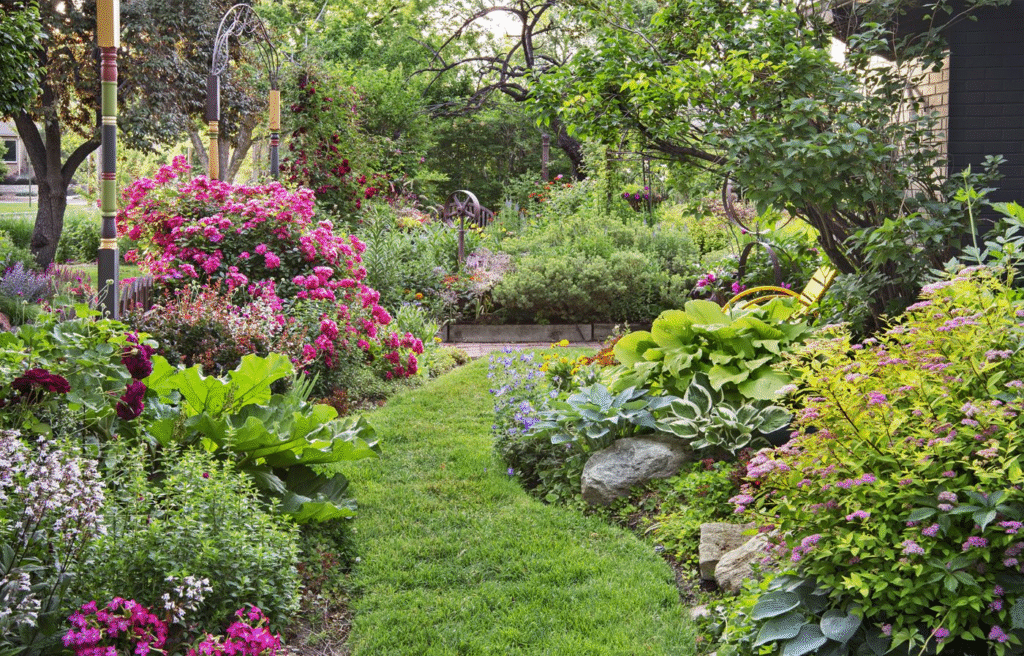
The abundant, seemingly untamed nature of cottage gardens makes them perfect for concealing secret spaces:
- Meandering Pathways: Create winding paths that disappear around corners, promising discovery around each bend.
- Abundant Flowering Plants: Use billowing perennials like foxgloves, hollyhocks, and delphiniums to create “walls” that conceal what lies beyond.
- Surprise Opening: Design what appears to be a solid flowering perennial border, but includes a narrow, unmarked pathway that leads to a hidden seating area.
Woodland Mysteries
Forest-inspired designs naturally lend themselves to secrecy and discovery:
- Fern Glade: Create a shaded retreat with a collection of ferns, hostas, and shade-loving woodland perennials that conceal a small bench or meditation space.
- Moss Garden: In consistently moist, shaded areas, establish a carpet of moss varieties interspersed with shade-tolerant flowering plants and a hidden path of stepping stones.
- Naturalistic Clearing: Design a seemingly wild area with native plants that conceal a small, circular clearing furnished with rustic seating and perhaps a fire pit.
Architectural Secrets
Use built elements to create structure for your hidden garden:
- Modern Green Room: Create a minimalist hidden garden with clean-lined hedges or architectural panels, furnished with contemporary seating and dramatic specimen plants.
- Walled Garden: Establish a small walled enclosure with a single, narrow entrance—perhaps with climbing plants softening the walls within.
- Garden Folly: Include a small decorative structure—a miniature greenhouse, a tiny tea house, or an artist’s studio—as the focal point of your secret garden.
Images of Small Secret Gardens
Even the tiniest spaces can become magical hidden gardens with the right approach:
Compact Courtyard Secrets
Small enclosed spaces can become the most enchanting secret gardens:
- Miniature Walled Garden: Create an intimate space enclosed by low walls or hedges with a single entrance, densely planted with a thoughtful selection of compact perennials and dwarf shrubs.
- Balcony Retreat: Transform an apartment balcony into a secret garden with canvas screens, potted climbing plants on trellises, and a comfortable chair nestled among container plantings.
- Urban Courtyard: In a small city space, use vertical plantings, a small water feature, and carefully chosen lighting to create a magical atmosphere in minimal square footage.
Clever Space Illusions
Create the feeling of a larger secret garden in a small space:
- Mirror Magic: Strategically place weather-resistant mirrors to reflect plantings and create the illusion of a larger space, while being careful about placement to avoid confusing birds.
- Forced Perspective: Design a small space with progressively smaller plants and narrowing paths toward the back to create an illusion of greater depth.
- Divided Discoveries: Segment a small space into even smaller “rooms” with partial screens, creating the excitement of multiple discoveries in a compact area.
Container Secret Gardens
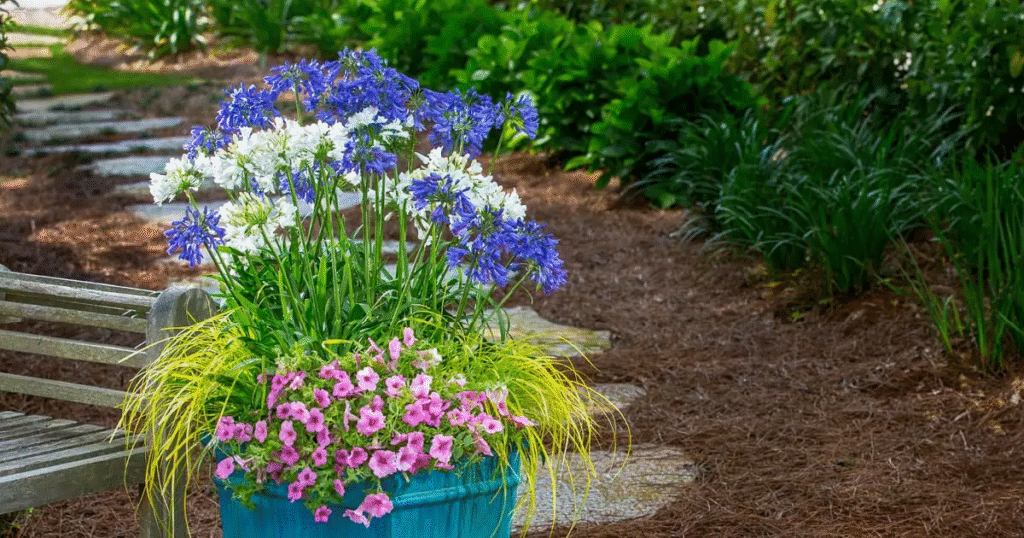
No in-ground space needed for these portable hidden gardens:
- Potted Woodland: Arrange containers of different heights planted with dwarf conifers, small Japanese maples, and woodland perennials to create a miniature forest retreat.
- Movable Screens: Use large planters with tall, narrow plants (like ornamental grasses or columnar evergreens) as movable elements to create temporary secret spaces.
- Layered Container Collection: Position plant containers of varying heights to create walls and rooms, with small pathways between groupings leading to a hidden seating area.
Secret Garden Ideas for Adults
While children’s secret gardens focus on wonder and play, adult retreats can incorporate sophisticated elements:
Mindfulness Gardens
Create spaces specifically designed for restoration and reflection:
- Meditation Corner: Design a hidden garden optimized for mindfulness practice, with comfortable seating, simple plant selections, and perhaps a small Buddha figure or other meaningful focal point.
- Writers’ Retreat: Create a secret garden with a weather-protected desk or small table, surrounded by plants known for their cognitive benefits (like rosemary and lavender) for creative inspiration.
- Contemplation Pool: Include a small, still water feature designed for reflection rather than splashing, surrounded by simple plantings and a private seating area.
Social Secrets
Hidden gardens can also be designed for intimate gatherings:
- Conversation Pit: Create a sunken seating area surrounded by plants, with built-in benches or comfortable furniture arranged to encourage meaningful conversation.
- Secret Dining Room: Design a hidden garden around an outdoor dining table, with overhead string lights or lanterns for evening ambiance and fragrant plants surrounding the space.
- Fire Garden: Center a secret garden around a fire feature (fire pit, outdoor fireplace, or even just a collection of candles) that creates a magical atmosphere for evening gatherings.
Sensual Retreats
Adults can also create secret gardens that engage the senses in sophisticated ways:
- Fragrance Garden: Design a hidden space showcasing plants with complex, layered scents that change throughout the day—jasmine, gardenias, roses, and night-blooming nicotiana.
- Texture Garden: Create a retreat that emphasizes tactile experiences, with plants selected specifically for their interesting textures and surfaces that invite touch.
- Cocktail Garden: Incorporate a hidden herb garden designed specifically for craft cocktails and beverages, with a small preparation area and seating for enjoying the results.
Creating Your Secret Garden: Practical Implementation
Now that you’re inspired, here’s how to bring your secret garden to life:
Site Selection
Finding the right location is crucial:
- Light Assessment: Monitor potential locations to understand sunlight patterns, as this will determine plant selection.
- Privacy Factors: Consider sightlines from neighbors’ windows, public spaces, or other areas of your own property.
- Existing Features: Look for natural anchors like mature trees, existing walls, or level changes that can be incorporated into your design.
- Microclimate Awareness: Identify areas with favorable conditions—perhaps a spot protected from harsh winds or an area with especially good drainage.
Plant Selection for Secret Gardens
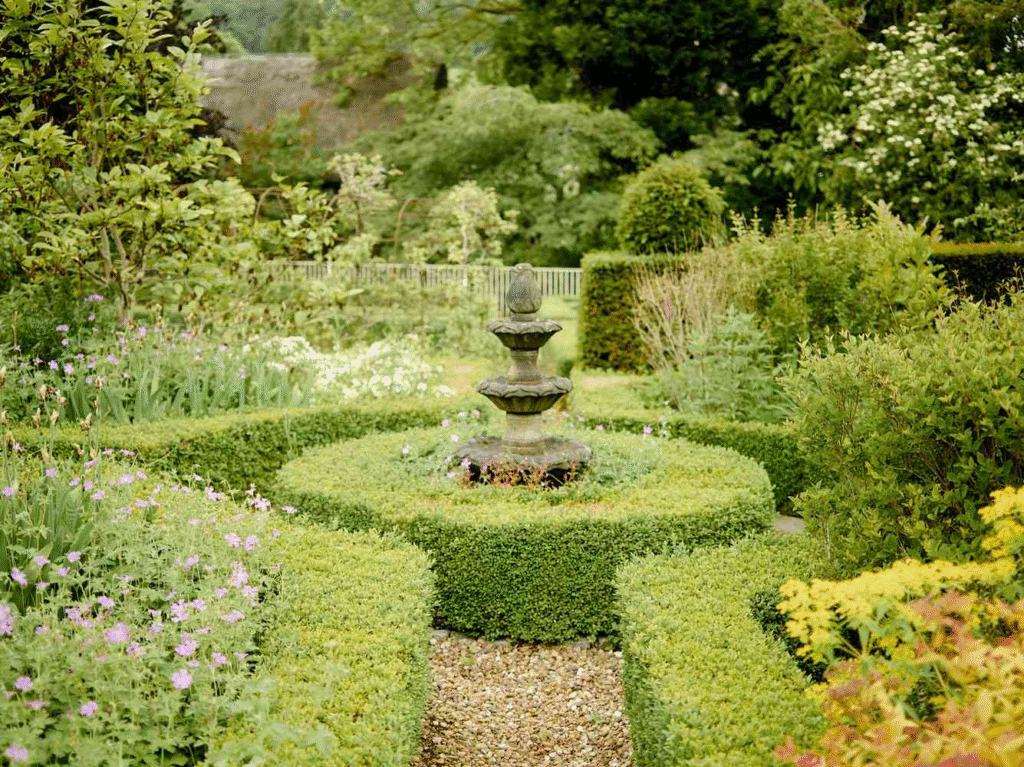
Choose plants that enhance the magical quality of your hidden space:
- Screening Plants: For year-round privacy, consider evergreen options like arborvitae, holly, or boxwood, supplemented with deciduous flowering shrubs.
- Vertical Elements: Incorporate climbing plants like clematis, climbing hydrangea, or thornless roses on trellises or arbors for overhead enclosure.
- Groundcover Selection: Use plants like creeping thyme, ajuga, or sweet woodruff to create carpets of green that soften pathways and create a sense of established permanence.
- Special Collections: Consider featuring plants with mythological significance (like moonflower or night-blooming cereus) or historical importance (heritage roses or medieval herbs) to enhance the magical atmosphere.
Construction Considerations
Practical aspects to consider when building your secret garden:
- Access Planning: Ensure you can easily reach the area for maintenance, with hidden access points for tools and equipment.
- Water Source: Install an inconspicuous water spigot or irrigation system to maintain plants without disrupting the garden’s atmosphere.
- Drainage Solutions: Address drainage issues before planting, as secret gardens often have enclosed areas where water might collect.
- Material Selection: Choose hardscape materials that weather gracefully and complement your plant selections—perhaps weathered stone, reclaimed brick, or naturally aging cedar.
Maintaining the Magic: Care for Your Secret Garden
Once established, keep your hidden garden looking its best:
Seasonal Maintenance
Adjust your care routine throughout the year:
- Spring Revival: Cut back winter-damaged perennials, apply fresh mulch, and add early-blooming bulbs for seasonal interest.
- Summer Upkeep: Regular deadheading and judicious pruning keep the space looking intentional rather than neglected.
- Fall Preparation: Leave select seedheads and structural elements for winter interest, but clear pathways and seating areas.
- Winter Protection: Add protection for tender plants and consider adding winter elements like colorful twig dogwoods or evergreen ground covers.
Evolving Your Secret Garden
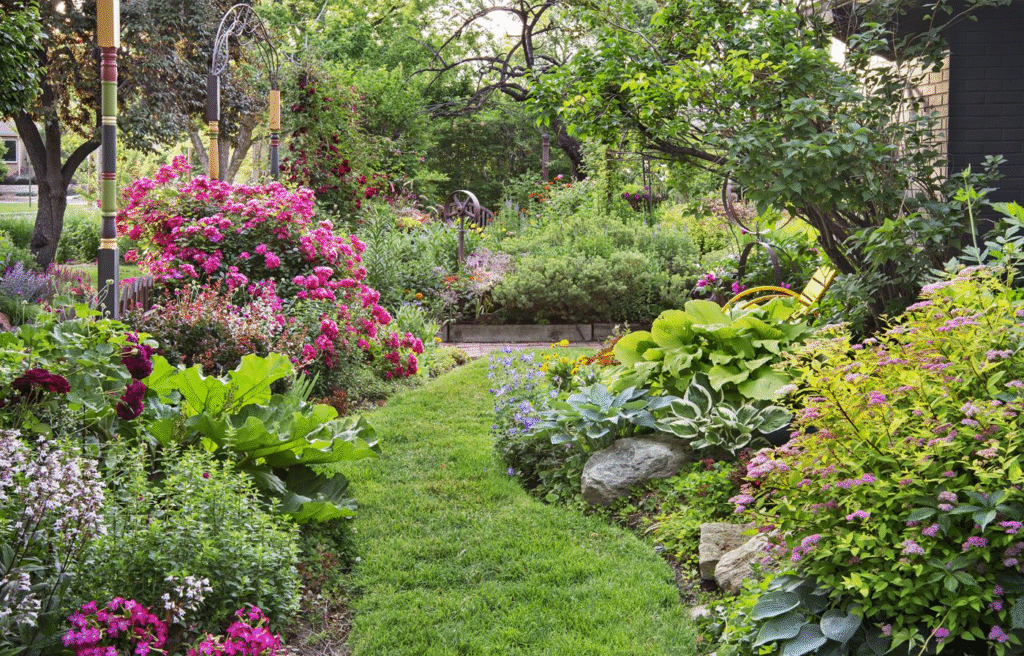
Let your hidden space grow and change over time:
- Annual Additions: Introduce new elements each year—perhaps a new plant variety, a small sculpture, or upgraded seating.
- Responsive Design: Observe how you naturally use the space and adjust the design accordingly, perhaps widening a path you use frequently or relocating seating to a preferred spot.
- Seasonal Documentation: Photograph your secret garden throughout the year to identify gaps in seasonal interest and make notes for future enhancements.
Project Showcase: Three Real-Life Secret Gardens
Urban Townhouse Hideaway
Site Conditions: Narrow 12′ x 20′ backyard surrounded by tall buildings Design Approach: Vertical secret garden with multiple levels Key Features:
- Living green wall with integrated irrigation system
- Overhead pergola with retractable shade cloth and string lights
- Small raised water feature with gentle bubbling sound
- Comfortable chaise lounge positioned for privacy Plant Selections: Boston ivy, Japanese forest grass, dwarf Japanese maples, variegated hostas, and climbing hydrangea Owner’s Report: “My secret garden has become my favorite room in the house—I spend every evening there during three seasons of the year.”
Suburban Corner Retreat
Site Conditions: Quarter-acre lot with exposed backyard Design Approach: Garden-within-a-garden concept Key Features:
- Curved mixed hedgerow creating a 15′ diameter hidden circle
- Narrow, unmarked entrance through flowering shrubs
- Central fire pit with surrounding stone seating
- Collection of wind chimes tuned to complementary notes Plant Selections: Ninebark, viburnum, serviceberry, switchgrass, and native perennials appropriate to region Owner’s Report: “Guests are always delighted when they discover there’s another garden hidden behind what looks like a solid shrub border!”
Rural Artist’s Sanctuary
Site Conditions: Five-acre property with existing woodland edge Design Approach: Enhanced natural clearing Key Features:
- Path wandering through existing trees to natural clearing
- Small artist’s studio with glass walls facing private views
- Collection of unusual sculpture placed among native plants
- Seating carved from fallen trees on the property Plant Selections: Entirely native woodland species enhanced with additional wildflowers and ferns Owner’s Report: “This space has transformed my creative practice—the connection to the natural world in privacy has allowed me to take creative risks I wouldn’t have otherwise.”
Conclusion: The Timeless Appeal of Secret Gardens
In our increasingly public and connected world, the value of a truly private outdoor sanctuary cannot be overstated. A secret garden provides not just beauty and horticultural interest, but a psychological restoration point that connects us to something primal—the human desire for both shelter and connection to the natural world.
As you design and create your own hidden garden, remember that the most successful secret spaces evolve over time, accumulating layers of meaning and personal history. Unlike more formal landscape features, secret gardens benefit from a certain informality and organic development that mirrors the growth of the plants themselves.
Whether you’re transforming an urban balcony, a suburban backyard corner, or a quiet spot in a larger landscape, the creation of a secret garden offers rewards far beyond the effort involved. In giving yourself the gift of a hidden sanctuary, you create not just a physical space, but an opportunity for the kind of quiet reflection and connection to nature that enriches life immeasurably.
